2019 Western Bean Cutworm Pheromone Trap Report
2019 Western Bean Cutworm Pheromone Trap Report
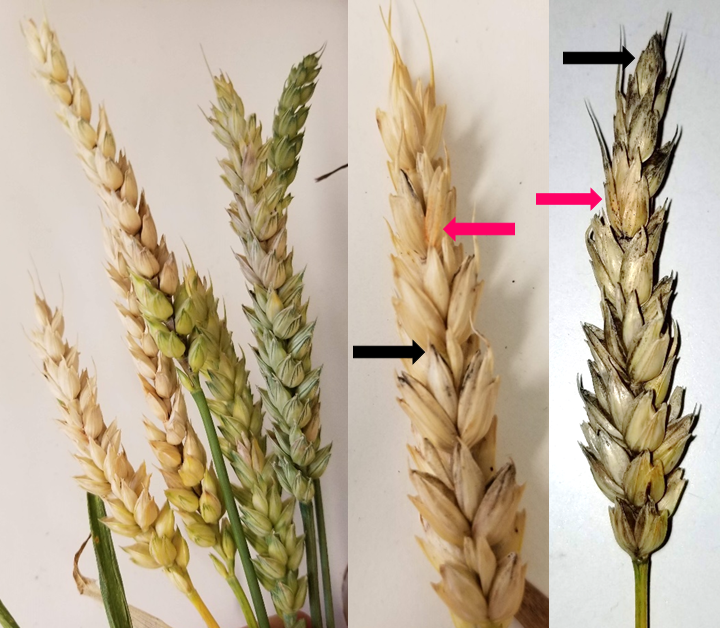
Wheat harvest has begun in Southern Indiana. Fusarium head blight (FHB) or scab is one of the most important diseases of wheat and most challenging to prevent. In addition, FHB infection can cause the production of a mycotoxin called deoxynivalenol (DON or vomitoxin). The environmental conditions have been extremely conducive to FHB development and it is not surprising that I have started to receive reports about issues with FHB and DON contamination. Our research sites in both West Lafayette and Vincennes have high levels of FHB develop in our non-treated susceptible variety checks and initial DON testing was at 7 ppm. Fusarium head blight management is difficult and requires an integrated approach. This includes selection of varieties with moderate resistance and timely fungicide application at flowering. We are now past implementing either of these management options, but these are important to remember for next year. In addition, it will be[Read More…]

We have received a number of calls about leaf spots occurring in alfalfa. Many of the common foliar diseases of alfalfa are favored by the high moisture conditions this season in Indiana.

Our faithful pheromone trappers are back in business, as they are now monitoring for the emergence of western bean cutworm moths from the soil, see “Western Bean Cutworm Pheromone Trap Report.”
It has been a difficult spring for farmers across the state, including those that are growing hemp for the first time.
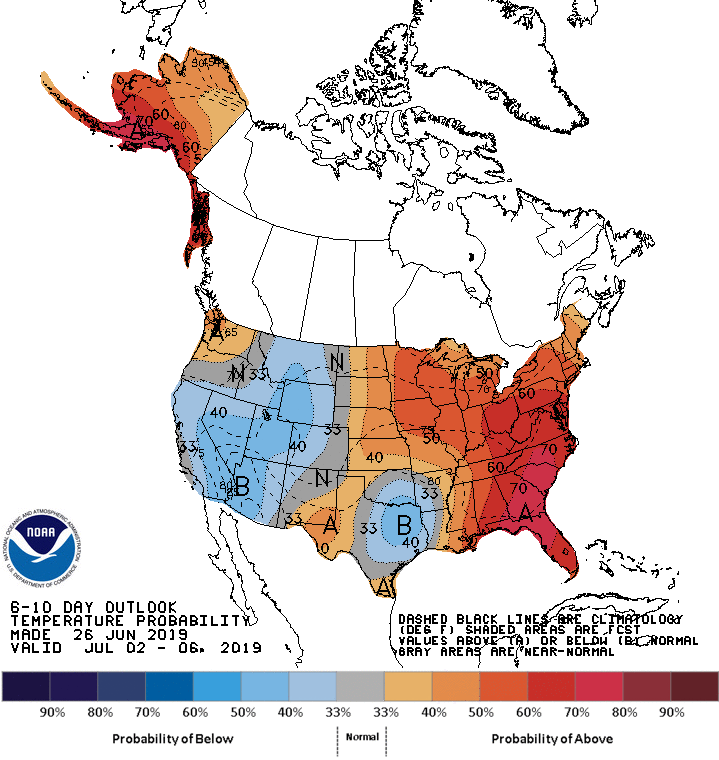
Outlook into early next week looks favorable for a dry weekend, but chances for precipitation around the state pop back up around Tuesday.
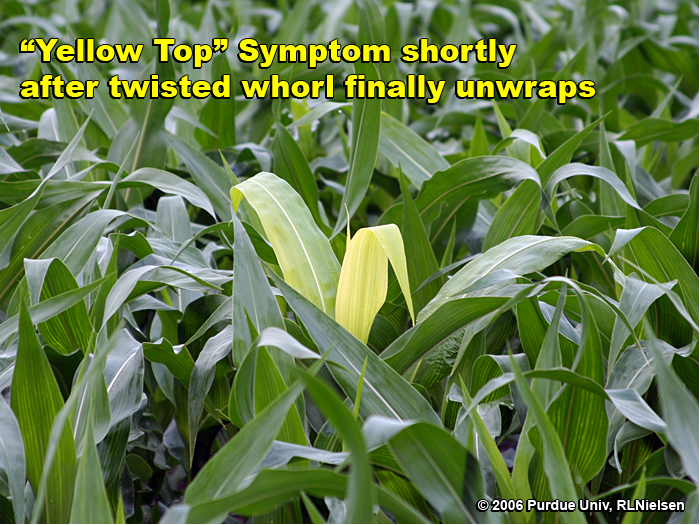
Twisted whorls sometimes develop in young corn plants early in the rapid growth phase. The cause is not well understood. The tightly twisted whorls eventually unwrap to reveal yellowish upper leaves that turn green after a few days of exposure to sunlight. Effects on yield are essentially nil. The curious phenomenon often referred to as the “twisted whorl syndrome” is beginning to show up in some fields in recent days. This “problem” often occurs when young corn shifts quickly from weeks of slow development (cool, cloudy weather) to rapid development (warm, sunny weather). Earlier planted corn has certainly experienced such a change in weather conditions in recent weeks. The occurrence of the twisted whorl syndrome is not uncommon, but rarely affects a large number of fields in any given year or a large percentage of plants within a field. The typical growth stage when growers notice the twisted whorls is[Read More…]
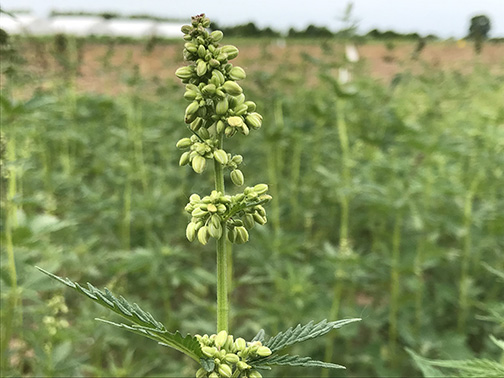
Both fiber, grain, and CBD hemp farmers are continuing to struggle with the wet weather and some fields remain unplanted.
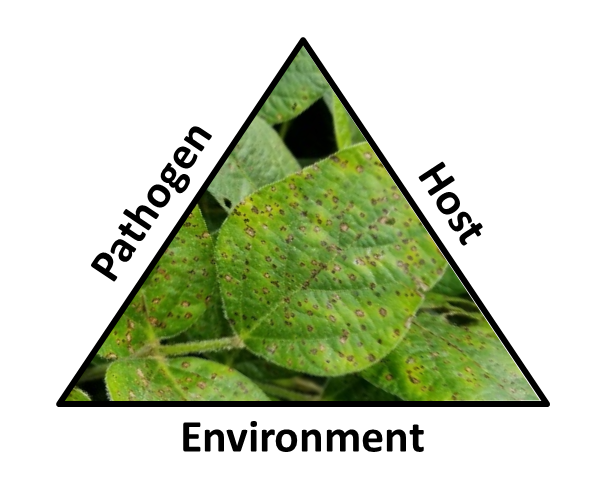
Recently there has been a number of calls and samples submitted to the Purdue Plant Pest Diagnostic Lab (PPDL) worried that they have frogeye on soybean. I know due to the issues we saw at the end of last season there is a bit of concern about managing frogeye.

A quick glance at some ornamentals on campus revealed that the Japanese beetle is beginning its emergence in west central Indiana.
© 2024 Purdue University | An equal access/equal opportunity university | Copyright Complaints | Maintained by Pest&Crop newsletter
If you have trouble accessing this page because of a disability, please contact Pest&Crop newsletter at luck@purdue.edu.